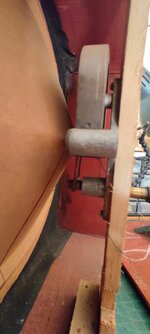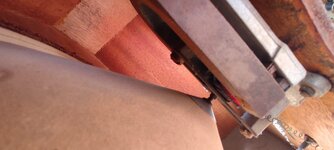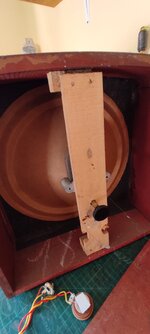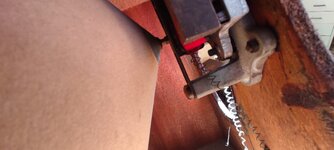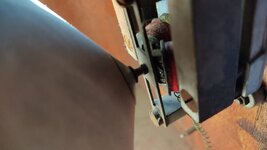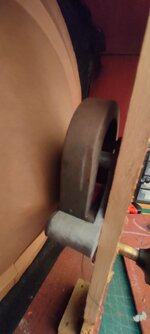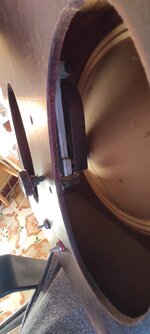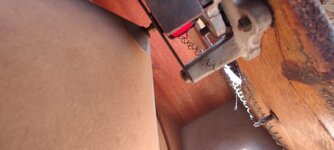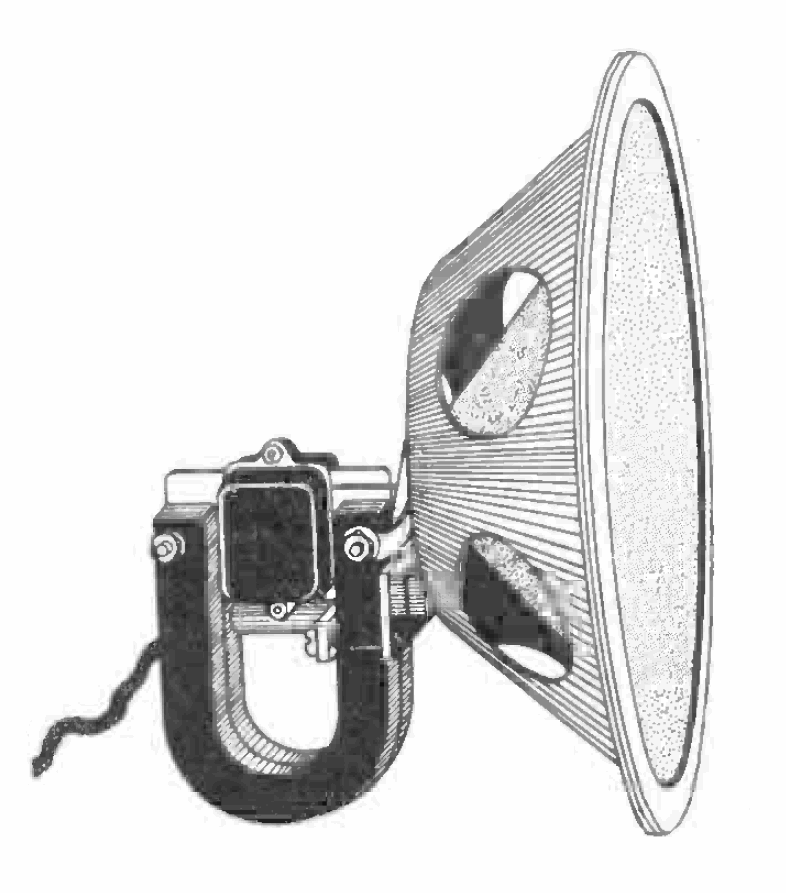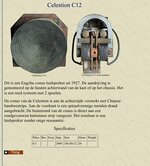bzblues
Full Member level 1
Hello everyone!
(I apoligize in advance if I ask noobie quiestions, but I'm a beginer in this matter)
I have a 1920s vintage speaker that is in a pristine condition! I intent to use this speaker with a small powered guitar amp that I've built. The guitar amp is called "ruby" wich is a 9v powered 1watt amp and it works well with 4ohm and 8 ohm speakers.
This vintage speaker is 1000 ohms and obviously doesn't work out porpperly with the guitar amp because of the impedance. So, I started to do some research and I found out that you would have to use a "step down" or "step up" impedance transformer. Now, here is when I hit the wall because its an unknown territory for me (yet)
I found out a website that allows you to calculate the type of transformer that you would have to use, but it seems that the results are not "realistic" but still, maybe I'm missing a few things.
What would you recomend to do in this particular scenario? again, its a small guitar amp (1 watt, 9V powered, works well with a 4ohm speaker) and I want to use it with this 1920's vintage speaker that is a 1000 ohm.
Is it possible to do?
Thanks a lot in advance!
Brian.
(I apoligize in advance if I ask noobie quiestions, but I'm a beginer in this matter)
I have a 1920s vintage speaker that is in a pristine condition! I intent to use this speaker with a small powered guitar amp that I've built. The guitar amp is called "ruby" wich is a 9v powered 1watt amp and it works well with 4ohm and 8 ohm speakers.
This vintage speaker is 1000 ohms and obviously doesn't work out porpperly with the guitar amp because of the impedance. So, I started to do some research and I found out that you would have to use a "step down" or "step up" impedance transformer. Now, here is when I hit the wall because its an unknown territory for me (yet)
I found out a website that allows you to calculate the type of transformer that you would have to use, but it seems that the results are not "realistic" but still, maybe I'm missing a few things.
What would you recomend to do in this particular scenario? again, its a small guitar amp (1 watt, 9V powered, works well with a 4ohm speaker) and I want to use it with this 1920's vintage speaker that is a 1000 ohm.
Is it possible to do?
Thanks a lot in advance!
Brian.
